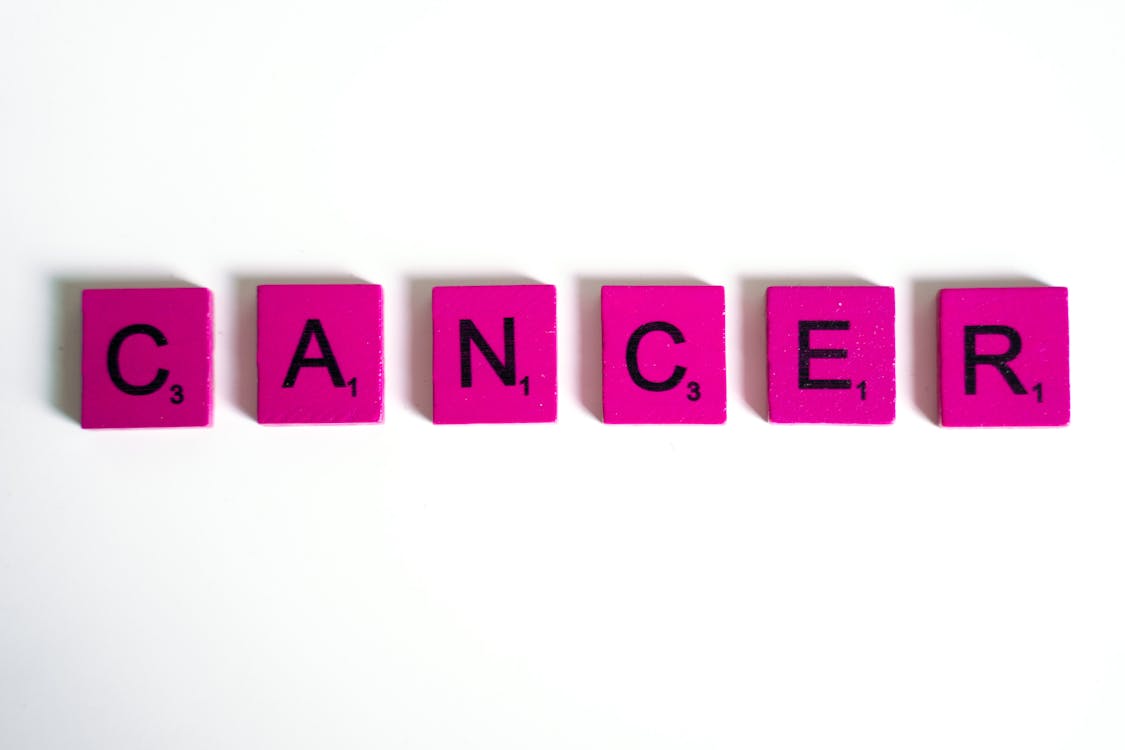Tobacco addiction is the most common cause of preventable disability and death in the United States. The CDC estimates that 2.55 million high school and middle school students smoke at least one type of tobacco product.
According to the same statistics on tobacco use, approximately 1,600 U.S. teens under 18 years of age smoke their first cigarettes each day. Nearly half a million Americans die from secondhand smoke, smoking, and tobacco addiction each year. The same statistics on tobacco users show that 16 million people suffer from serious diseases caused by smoking.
The United States spends more than $225 billion yearly on medical care for adults with smoking-related illnesses. Despite all these statistics, why do people still smoke?
What Makes Tobacco Addictive?
Table of Contents
Most people who smoke begin when they are teenagers, often out of curiosity. Smokers are more likely to have parents or friends who smoke than their non-smoking peers.
The tobacco industry also spends billions in marketing and promoting tobacco products and smoking, influencing most of society. Television, video games, and the internet all depict tobacco use. Research has shown that young people who see smokers on screen are more likely than others to start smoking.
Lastly, tobacco products contain nicotine, a stimulant that speeds up communication between the brain and body. Once absorbed into your bloodstream, it reaches your brain and triggers dopamine release. This gives you a pleasant sensation.
Over time, the brain develops a desire for nicotine, making a person smoke more cigarettes to experience the same feeling. This is where tobacco addiction begins.
The adrenal glands also react to nicotine by releasing adrenaline. Some users feel more energized and focused when they take nicotine.
1. The Health Risks of Tobacco
Smoking can damage your lungs’ airways and air sacs. It can cause lung disease in as little as one year. Sometimes it may take years for symptoms to become severe enough that a diagnosis of lung disease is warranted.
According to a center for alcohol rehab in Santa Rosa Beach, here are some health risks associated with smoking:
2. Chronic Obstructive Pulmonary Disorder
Chronic obstructive pulmonary disease (COPD) is a group of diseases that obstructs airflow and causes other breathing-related issues. It can include emphysema or chronic bronchitis; in some cases, it may also include asthma.
COPD can occur when:
- Airways and air sacs lose the ability to expand and contract the lungs.
- The walls separating the air sacs have been destroyed
- The lungs’ airway walls are thick, inflamed, and irritated.
- The mucus clogs the airways, which obstructs airflow.
Tobacco addiction and smoking are the common causes of COPD. Smoking is responsible for as many as 8 out of 10 COPD-related deaths; only 1 in 4 Americans suffering from COPD have ever smoked or used tobacco.
Smoking in your teenage years or childhood slows your lungs’ growth and development. It also increases the risk of developing COPD as an adult.
3. Heart Disease
Triglycerides are fats our body makes from the food we consume, which your body will use later as energy. Smoking can increase your triglyceride levels, leading to various cardiovascular diseases. Smoking can damage blood vessels and reduces good cholesterol, making the blood more likely to clot.
Secondhand smoke can also cause health problems. It’s a combination of the smoke from smokers and cigarettes. Inhaling secondhand smoke can cause heart diseases, strokes, and heart attacks; secondhand smoke-related coronary disease is more common in nonsmokers than in those who smoke.
Nonsmokers are more likely to develop heart disease from secondhand smoke. Smoking increases your risk of stroke by 25-30%, while nonsmokers have a 20-30% higher risk of stroke.
4. Cancer

Tobacco consumption and smoking can cause cancer and make it more difficult for the body to fight it. Tobacco smoke contains toxic chemicals that can weaken your immune system. This makes it more difficult to eliminate cancer cells, which will continue to grow.
A cell’s “instruction manual” for normal growth and function is in its DNA. Tobacco smoking can cause a cell to lose or alter its genetic material. A cancerous tumor can develop from a cell that has lost its DNA.
Long-standing medical experts have known for years that smoking is the main cause of lung cancer. Even though cigarettes are not a common cause of lung cancer, nearly 90% of all cases are still due to them. Lung cancer is now more common than it was in 1964. One possible reason could be a shift in the manufacturing process of cigarettes or the chemicals they contain.
Key Takeaway
Nicotine is a highly addictive stimulant present in tobacco products. Smoking and tobacco products are the primary sources of nicotine and are dangerous to your health.
Regularly consuming them weakens your body and immune system and can cause health problems like heart disease, coronary obstructive pulmonary disease, and cancer. It also slows down healing.
- How To Create A Safe And Comfortable Home Environment For In-Home Care In Boca Raton? - July 16, 2024
- 10 Trendy Black Nail Ideas To Elevate Your Nail Game - May 6, 2024
- Getting A Free Divorce In Virginia? Here’s What To Expect - April 24, 2024





No Comments